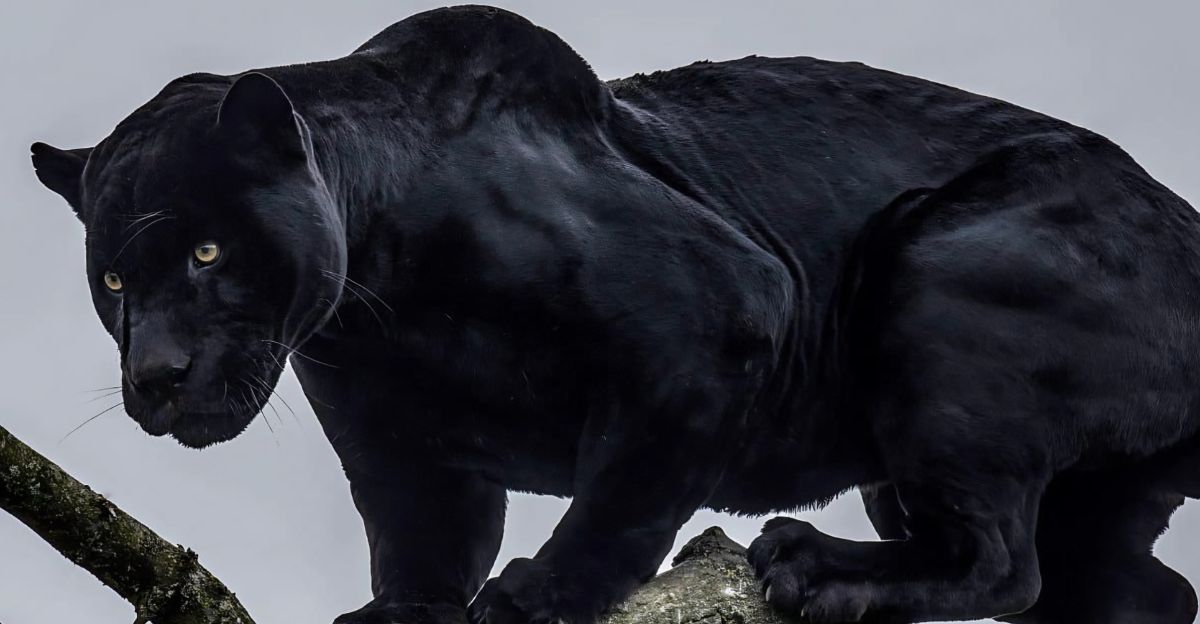
Panthers are one of the most endangered animals in the United States and can be found in different states. They are also known as cougars or mountain lions, and they are remarkable creatures worth every bit of attention that comes their way. Here’s where you might spot these majestic cats out in the wild.
1. Arkansas
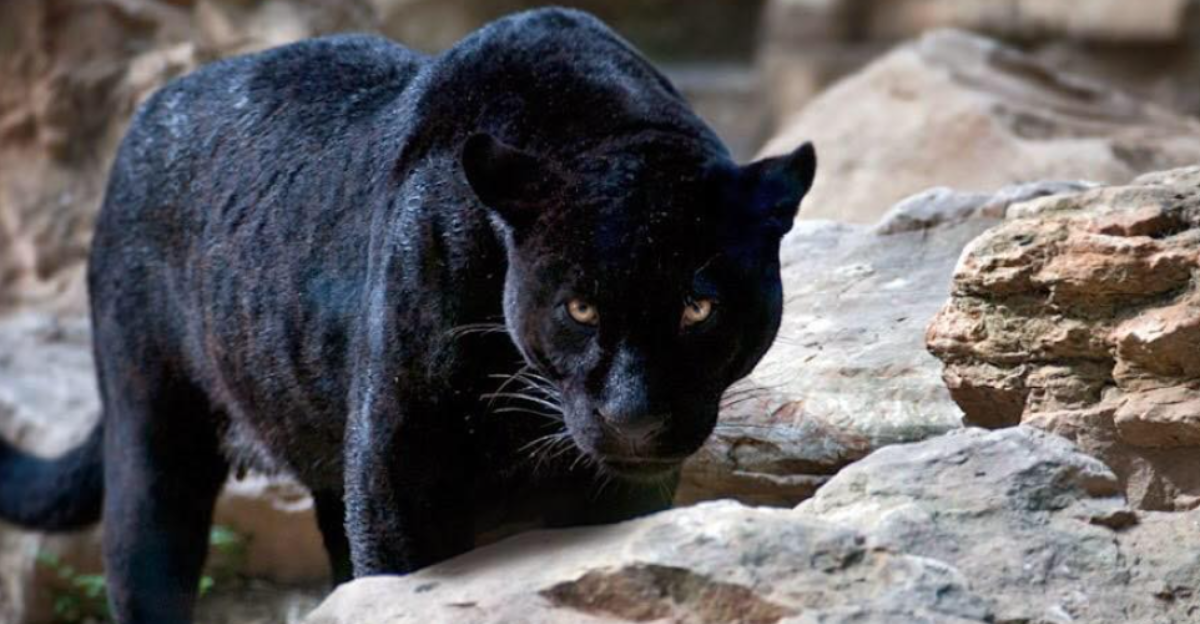
While panthers aren’t as common as they used to be in this area, they used to stretch as far west as Arkansas. Studies in the late 1980s and early 1990s found that there weren’t any panther populations left in the area. This is not to say that they aren’t still present in the area but on a much smaller basis.
2. Louisiana
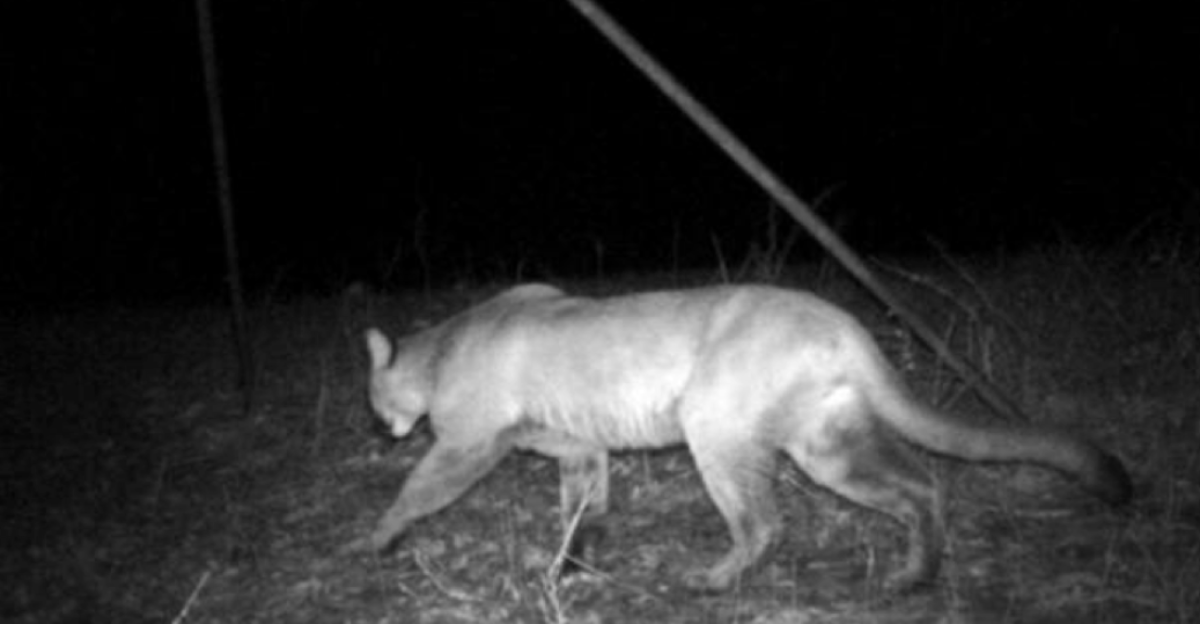
There have been quite a few sightings in the area, most likely due to these cats moving through the area to the next destination. The Louisiana Department of Wildlife and Fisheries has confirmed several cougar sightings over the years, but there doesn’t seem to be any panther breeding ground in the area.
3. Mississippi
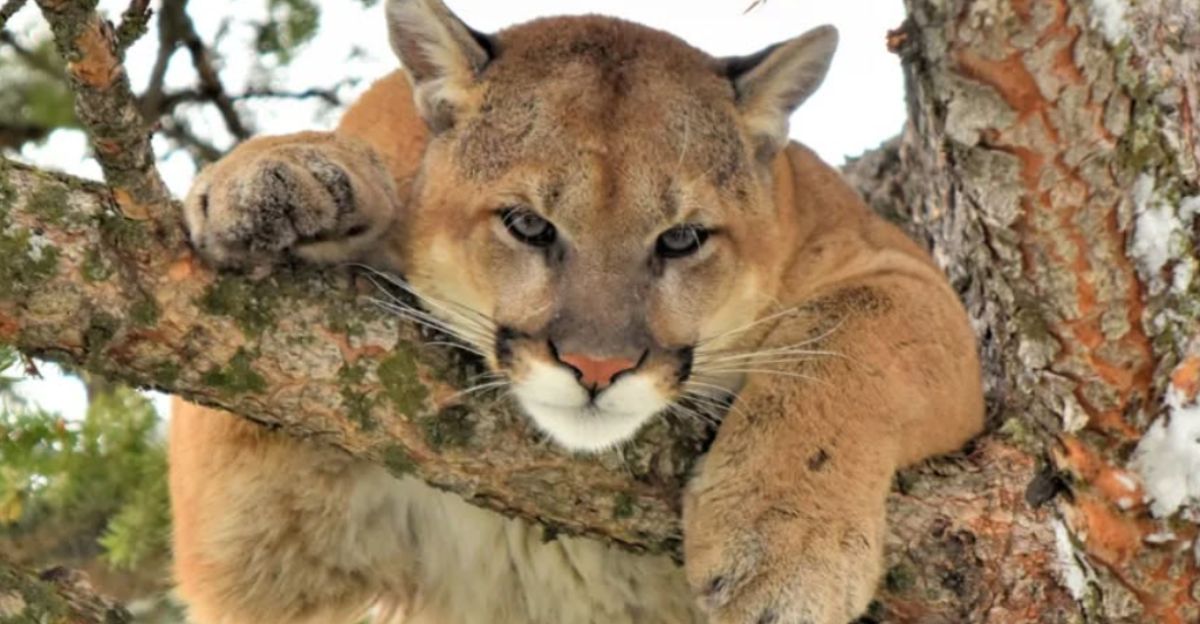
While the Mississippi Department of Wildlife, Fisheries, and Parks (MDWFP) has never confirmed the existence of black panthers in the state, reports from residents often tell a different story. Wildlife officials have mainly brushed these claims off as misidentification, but locals are pretty set in their opinion that there are panthers in the area.
4. Alabama

These majestic cats are mostly known to the area due to their historical presence. Locals have claimed to see panthers in the area, but wildlife officials aren’t convinced. It’s possible that some of these sightings are due to panthers moving through the area on their way to a different destination.
5. Georgia
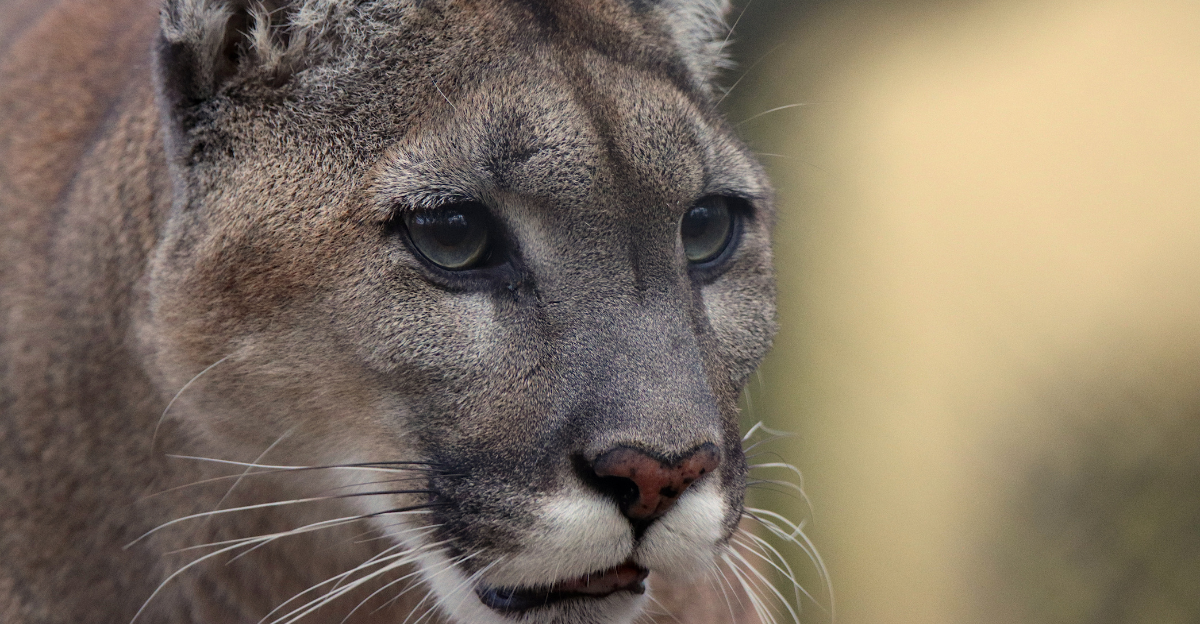
The mountain regions of Georgia receive various reports of panthers each year, but wildlife officials don’t always consider them credible. The most notable incident occurred in 2008 when a hunter killed a Florida panther in Troup County. Although panthers tend to move through the area, there aren’t any breeding populations in the area.
6. Tennessee
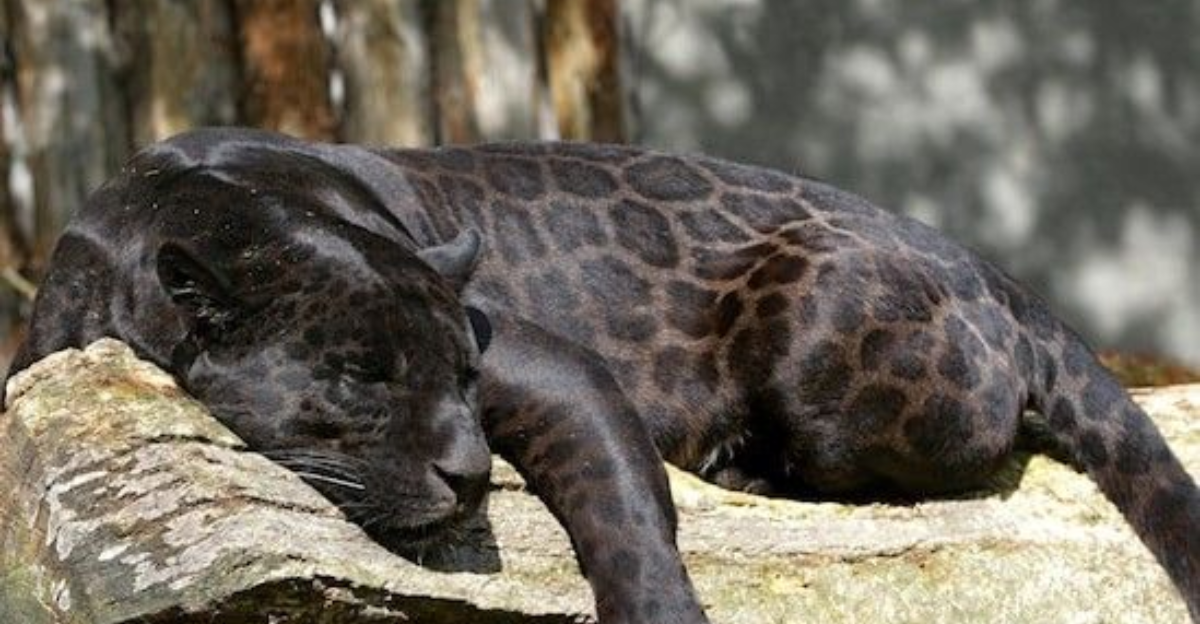
Since 2015, several confirmed sightings have been reported, primarily in West Tennessee. Trail camera footage and DNA analysis provide evidence of these solitary animals. Locals are convinced that they roam the area, but there is no evidence of breeding populations in the area.
7. South Carolina
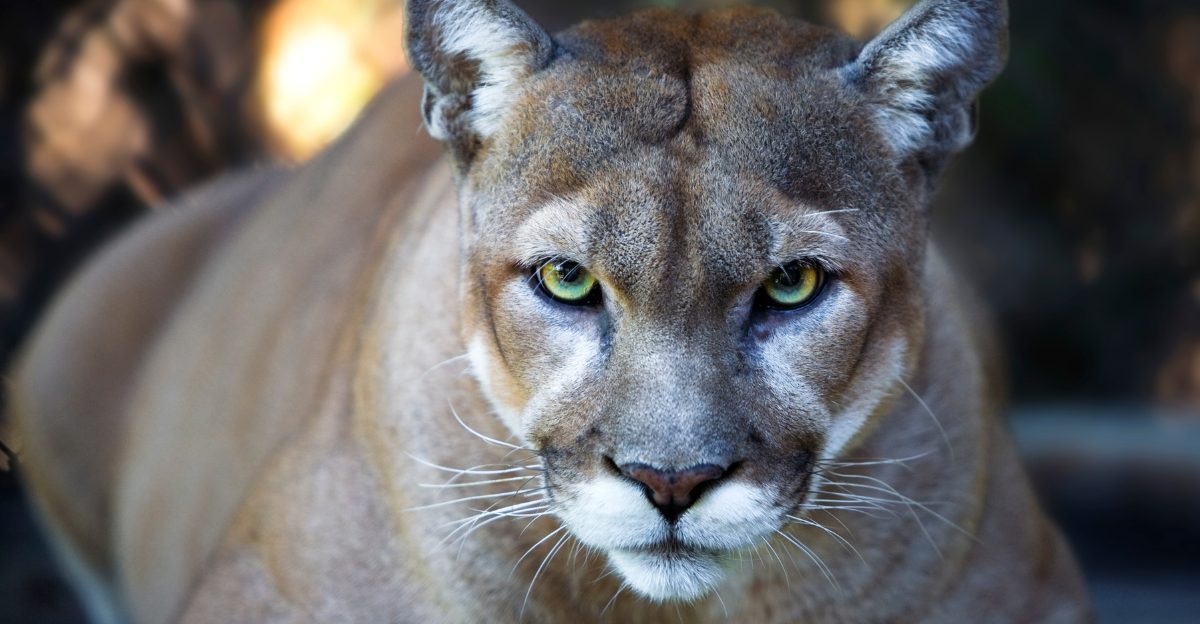
The South Carolina Department of Natural Resources gets hundreds of calls yearly about sightings in the area. Most of these sightings are brushed off as misidentifications but can also be pathers moving through the area. While there is no proof of breeding populations, it’s never impossible, as they can be pretty sneaky.
8. Florida
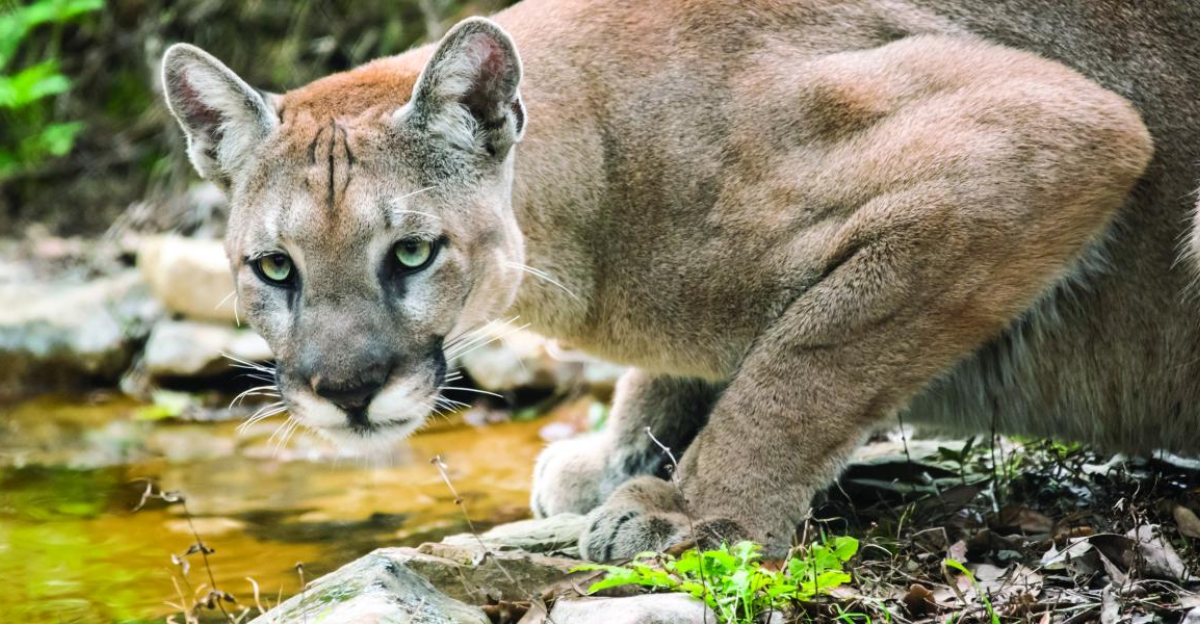
Florida is the main breeding ground for these magnificent creatures. These panthers roamed the southeastern U.S., but their range has been significantly reduced due to habitat loss and hunting. The panther population is quite endangered now, with just over 200 adults living there. These panthers face an ongoing threat, and conservation efforts are needed now more than ever.
Factors Affecting Panther Populations
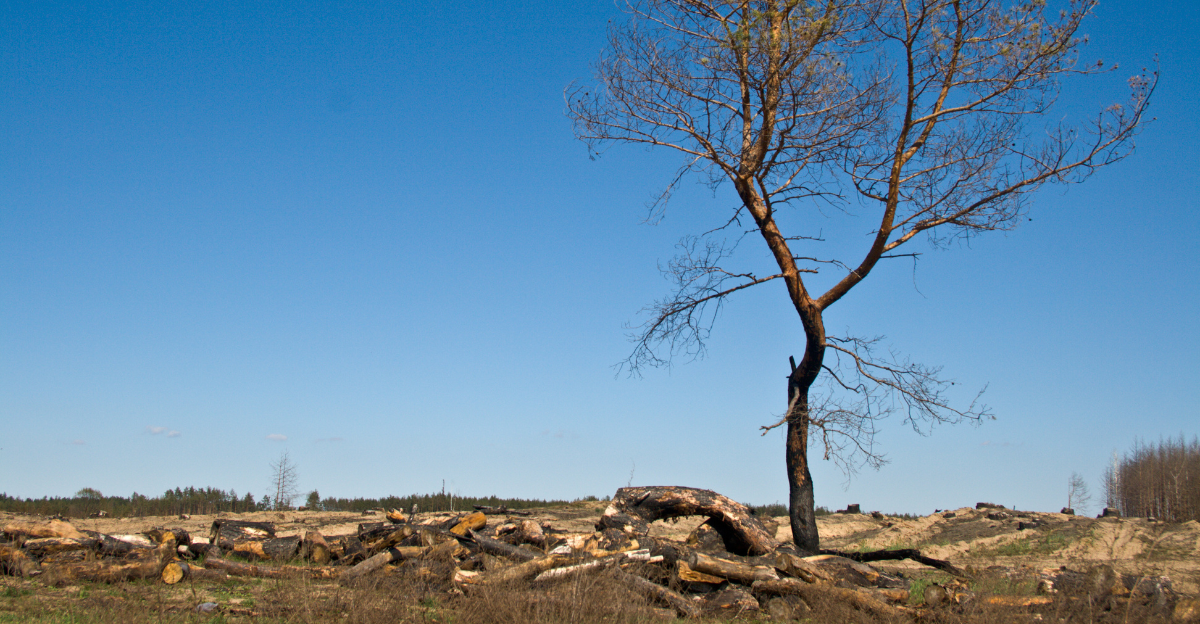
Habitat loss, fragmentation, and increased human activity threaten panther populations. As people move closer to their habitats, their food sources and habitats are being influenced. Some of these panthers might move into different areas, causing an even bigger threat to them.
The Role of Genetic Diversity
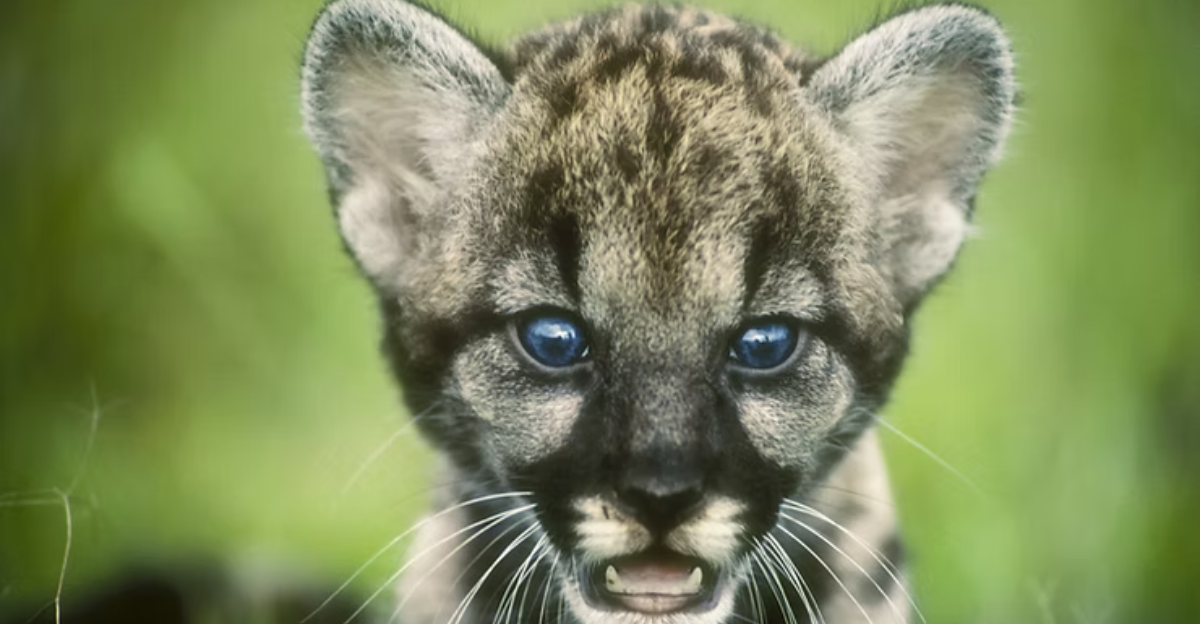
The introduction of Texas pumas to Florida helped improve genetic diversity among Florida panthers, which had suffered from inbreeding. Genetic diversity can do a lot for endangered species; in this case, it gave these panthers a fair chance at survival.
Conservation Efforts for Panthers
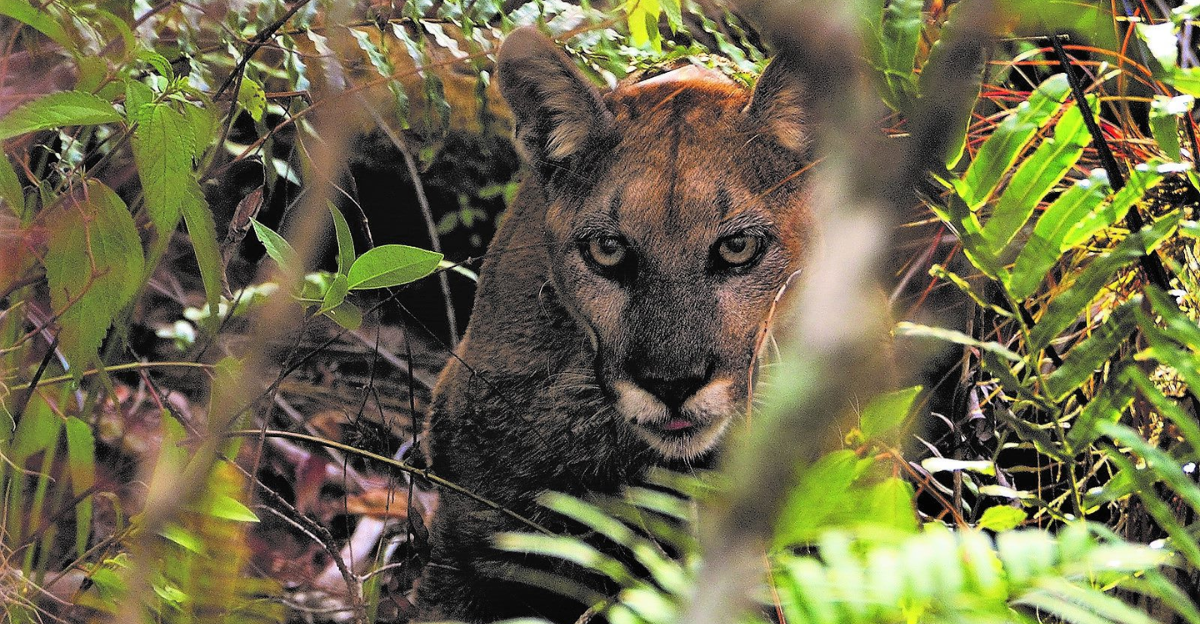
The Florida Wildlife Corridors Act aims to create safe passages for panthers to expand their range northward. Efforts to establish wildlife corridors and protected areas have been set in place, like the Big Cypress National Preserve and Everglades National Park. These areas have provided essential habitats for these endangered cats.
Challenges in Panther Conservation
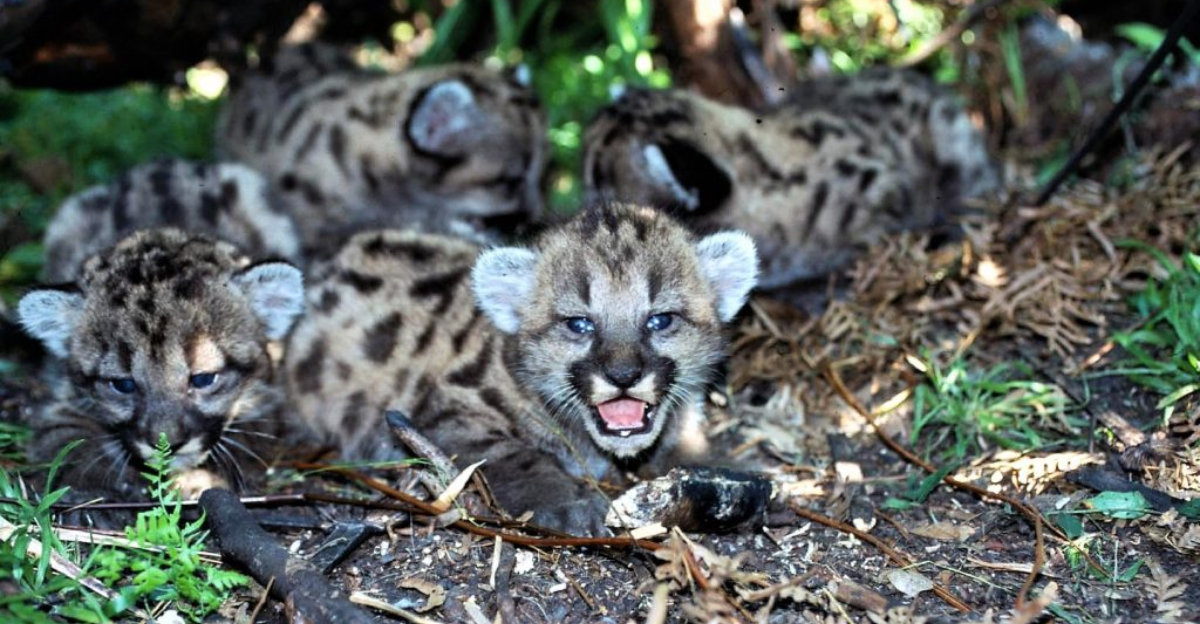
Although conservation efforts are an ongoing battle, wildlife officials face some challenges. These panthers are confined to a very small part of South Florida, and habitat loss is one of their biggest threats. Genetic diversity remains a concern, as small populations are more susceptible to diseases and genetic disorders. With so many challenges to face, it can be hard to restore the balance in the population of these panthers.
Explore more of our trending stories and hit Follow to keep them coming to your feed!

Don’t miss out on more stories like this! Hit the Follow button at the top of this article to stay updated with the latest news. Share your thoughts in the comments—we’d love to hear from you!







